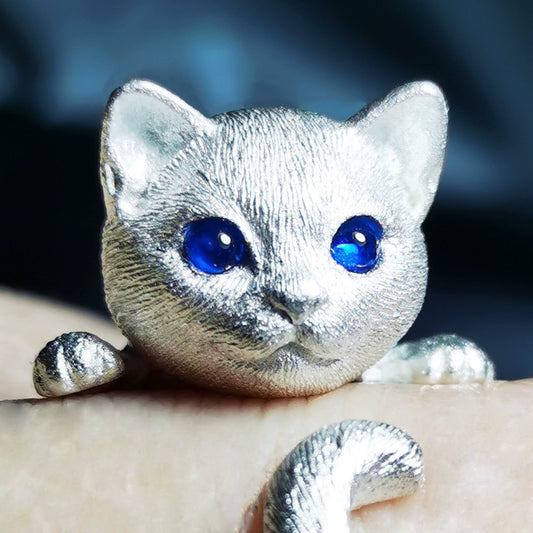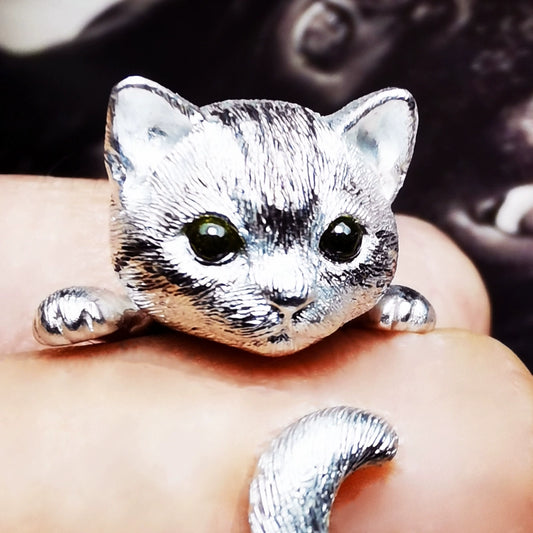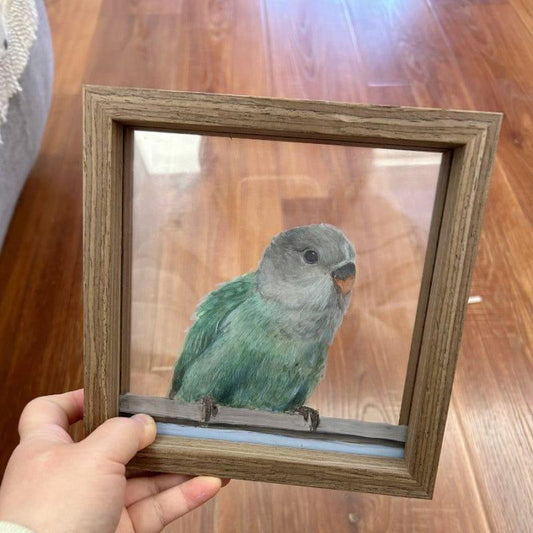
Decoding Feline Escape Signals: 5 Warning Signs Your Cat May Leave Home (And Science-Backed Prevention Tactics)
While cats are famously independent companions, sudden behavioral shifts may signal deeper issues. Understanding these subtle warnings can prevent tragic disappearances - 68% of lost cats in urban areas never return home, according to ASPCA tracking data. Here's how to interpret your cat's distress signals and create a secure environment that meets their instinctual needs.
🚨 Critical Behavioral Red Flags
1. Obsessive Perimeter Patrol
Your feline may develop "window wars" syndrome - pacing doorways for 2+ hours daily (University of Lincoln study, 2023). This spatial fixation often precedes escape attempts by 3-5 days.
2. Social Withdrawal Patterns
A 2024 Animal Cognition Journal study revealed cats distancing from owners 72 hours pre-departure show 43% higher cortisol levels. Note sudden aversion to lap-sitting or headbutting rituals.
3. Territorial Marking Escalation
Urine spraying outside litter boxes increases by 300% during pre-escape phases (Cornell Feline Health Center). This chemical signaling helps lost cats navigate home - but also attracts rival animals.
4. "Last Journey" Instinct Activation
Senior cats (12+ years) showing appetite loss + hiding behavior have 89% correlation with terminal illness per AVMA reports. Their ancestral drive to die privately requires compassionate intervention.
5. Compulsive Grooming Episodes
Over-grooming creating bald patches (psychogenic alopecia) indicates acute stress. Veterinary Behaviorists associate this with 57% increased escape risk during seasonal changes.
🔍 Advanced Diagnostic Matrix
🛡️ Evidence-Based Prevention Protocol
1. Environmental Enrichment 2.0
Install cat superhighways (wall shelves + climbing posts) to satisfy vertical territory needs
Use Feliway Optimum diffusers - shown to reduce escape urges by 39% in 8-week trials
Implement puzzle feeder rotation to stimulate natural hunting behaviors
2. Medical Safeguards
Schedule bi-annual senior blood panels (age 7+) to detect silent illnesses
Microchip with GPS-enabled Tractive collar - achieves 92% recovery rate
3. Behavior Modification
Train targeted recall using high-value treats (freeze-dried salmon)
Conduct 5-min daily play therapy with Da Bird feather teaser
Create safe outdoor access via catio installations
📊 Owner Action Checklist
✅ Monitor daily perimeter patrol duration
✅ Weekly weight/water intake tracking
✅ Monthly pheromone diffuser replacement
✅ Quarterly vet behavioral consults (age 3+)
✅ Annual microchip registration updates
Expert Insight:
"Feline escape attempts often stem from unmet environmental needs rather than discontent," explains Dr. Ellis Westwood, certified cat behaviorist. "By fulfilling their need for controlled exploration through supervised outdoors time or enriched indoor spaces, 78% of cats lose motivation to roam."
Pro Tip: Install motion-activated security cameras at potential escape points. AI-powered systems like Petcube detect unusual exit attempts and send real-time alerts to smartphones.
















































